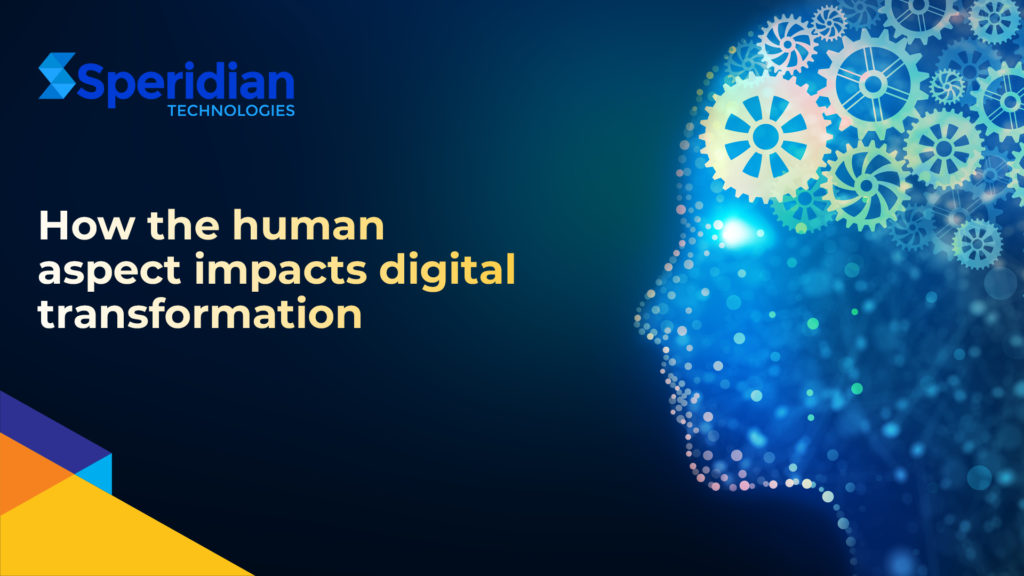How the human aspect impacts digital transformation
Digital transformation has been a priority for any company that wants to improve business processes and remain agile in a competitive market. The pandemic forced many companies to accelerate their digital transformation plans, but companies that have already gone through the process could tell them digital transformation is no easy feat. In fact, according to McKinsey 70% of digital transformations fail. The reasons vary from lack of leadership support to lack of talent, but the biggest factor in most digital transformation failures has been the lack of employee engagement and adoption.
Digital transformation isn’t just about connecting new technology. It’s about connecting people across a business to adopt new solutions and processes to drive the change the company hopes to achieve. Without including people in the digital transformation process, companies will continue to fail.
Table of Contents
Why digital transformation can’t succeed without people
Digital transformation is imperative for companies because the business world has become increasingly digital across industries. To serve customers effectively and take advantage of new revenue opportunities, companies need to invest in new technology to improve business processes and provide the digital experiences customers expect. However, where companies go wrong with digital transformation is forgetting the human aspect.
Companies can purchase as much technology as they desire, but without considering how new technology will impact how employees work and collaborate, they won’t succeed. Company leaders need to understand that the process is just as much about a cultural transformation, as it is a technological transformation.
Digital transformation demands change and change is stressful and often not welcomed by employees. Transformation naturally disrupts business continuity as new processes are introduced and refined having a direct impact on employees. This stress can make the process of introducing new technology even more complex. Resistance to change by employees could be because of age, fear over job security, fear of uncertainty, a dislike for learning new technology, or just not being able to see the big picture.
For this reason, company leaders need to ensure that the digital transformation strategy includes employees from the beginning of the planning process and fosters a digital-first culture recognizing that people are just as important as the technology. Aligning the company’s culture with the digital transformation strategy ensures everyone is on board and welcoming the change.
27% of companies acknowledge that people are often overlooked when planning and executing digital transformation projects
Source: https://www.ifs.com/news-and-events/newsroom/2020/10/29/call-it-what-you-want-digital-transformation-is-still-fundamentally-human-ifs-study-finds
How people can be part of digital transformation
Company leaders need to thoroughly communicate why there is a need for change and how employees can be part of the solution. When employees participate in the process, they not only feel included but invested in the success of the digital transformation strategy.
Five ways company leaders can make employees part of the solution include:
Make digital transformation be about people
Digital transformation is 5.8x more likely where CEOs communicates a compelling change story
Digital transformation is 6.3x more likely when senior leaders share aligned messages about the need for change
Source: https://www.mckinsey.com/business-functions/organization/our-insights/the-people-power-of-transformations
Even though McKinsey has stated 70% of digital transformations fail, success is not out of reach. If company leaders recognize that digital transformation is just as much about cultural change as it is about technological change, they have a much better chance of succeeding. By not forgetting the human aspect and communicating the value of making these changes, companies will increase employee engagement and adoption during the digital transformation process.
